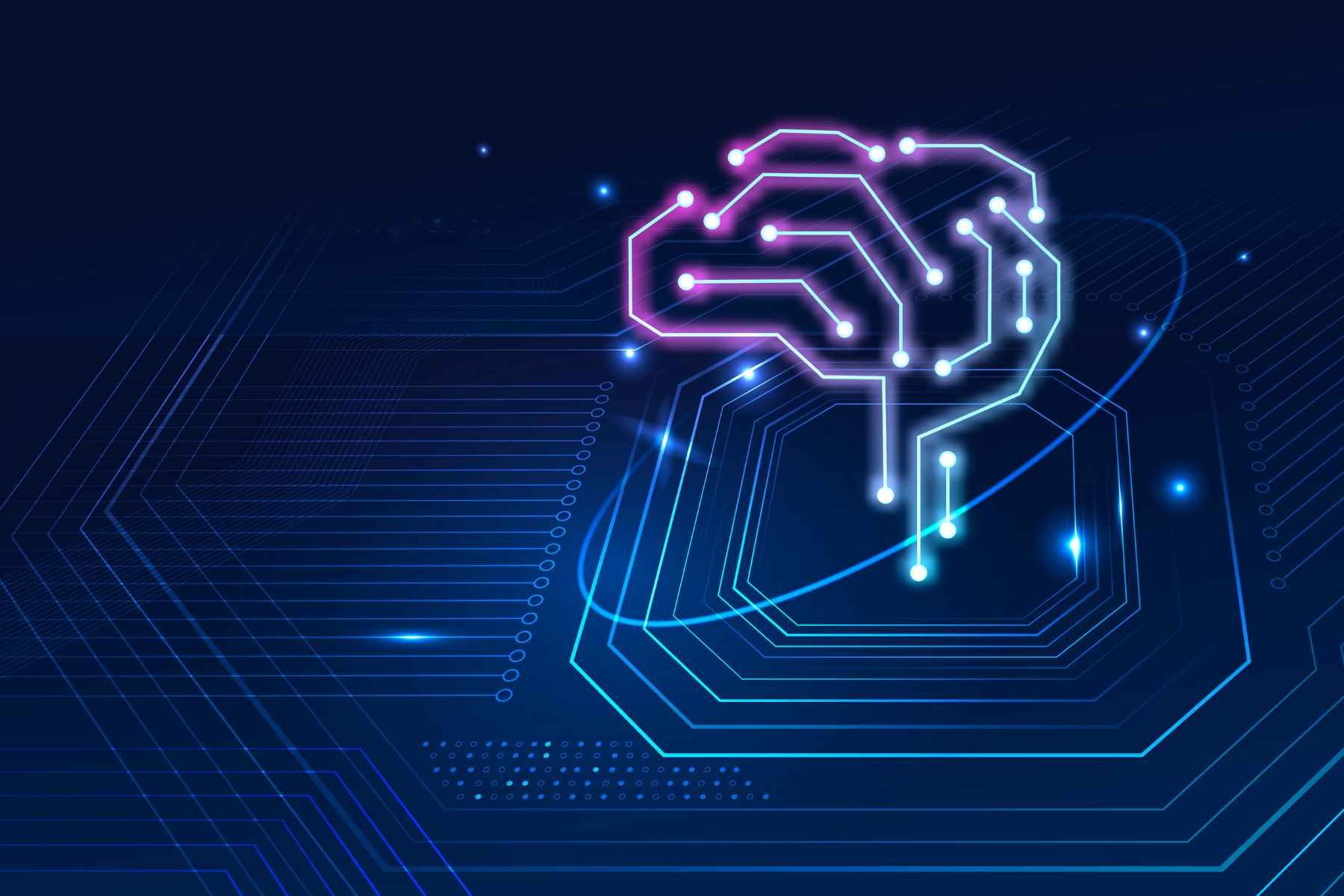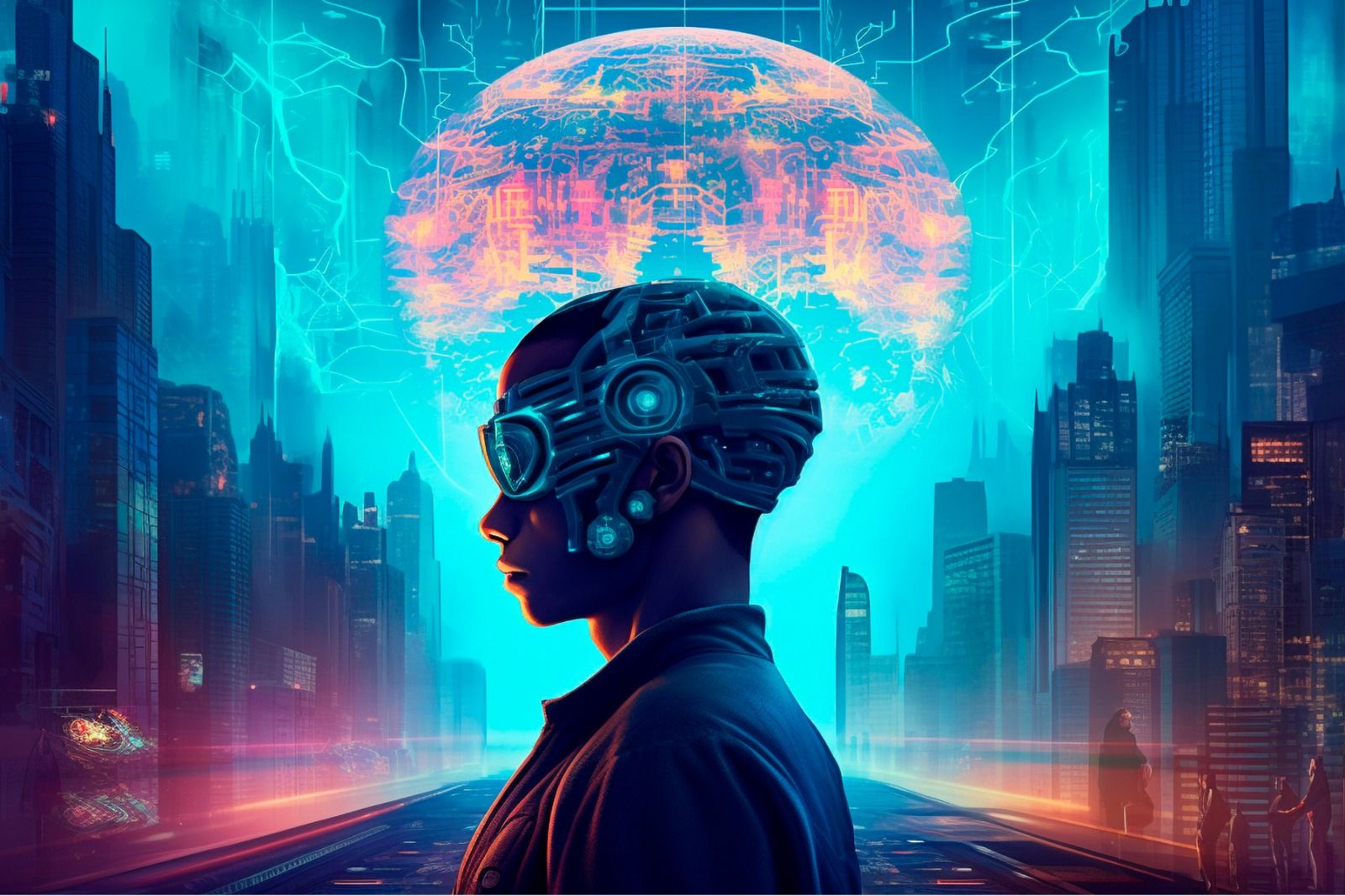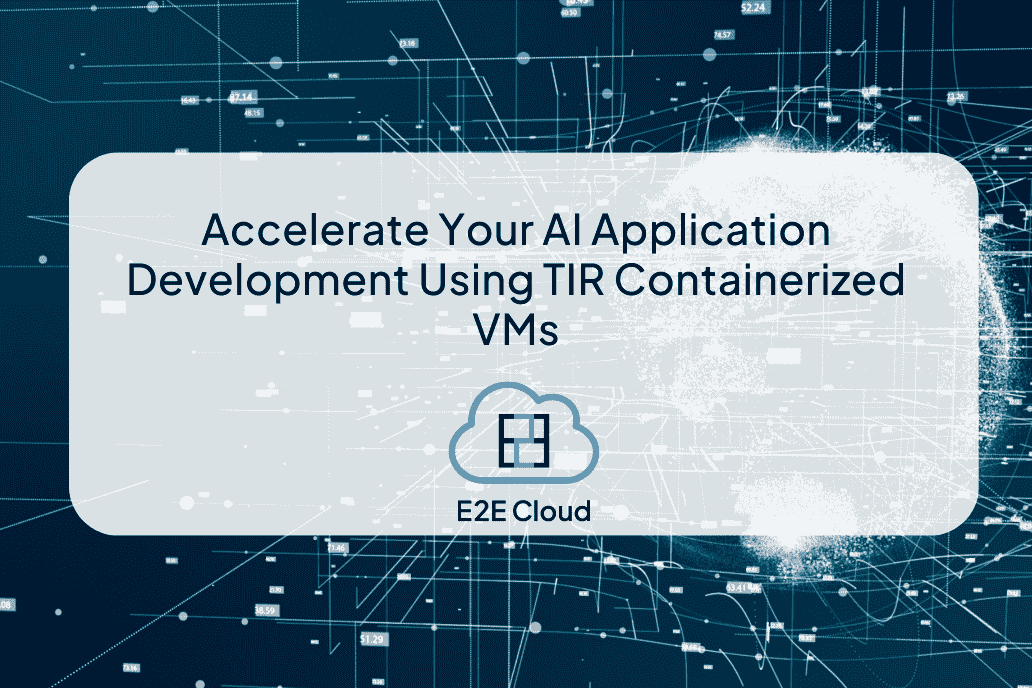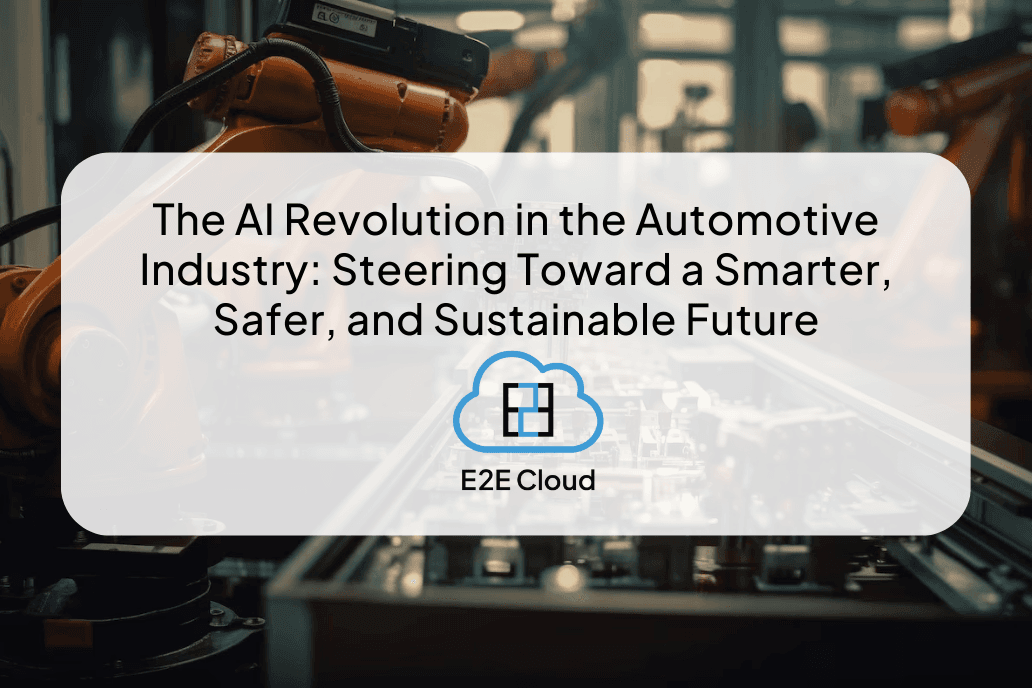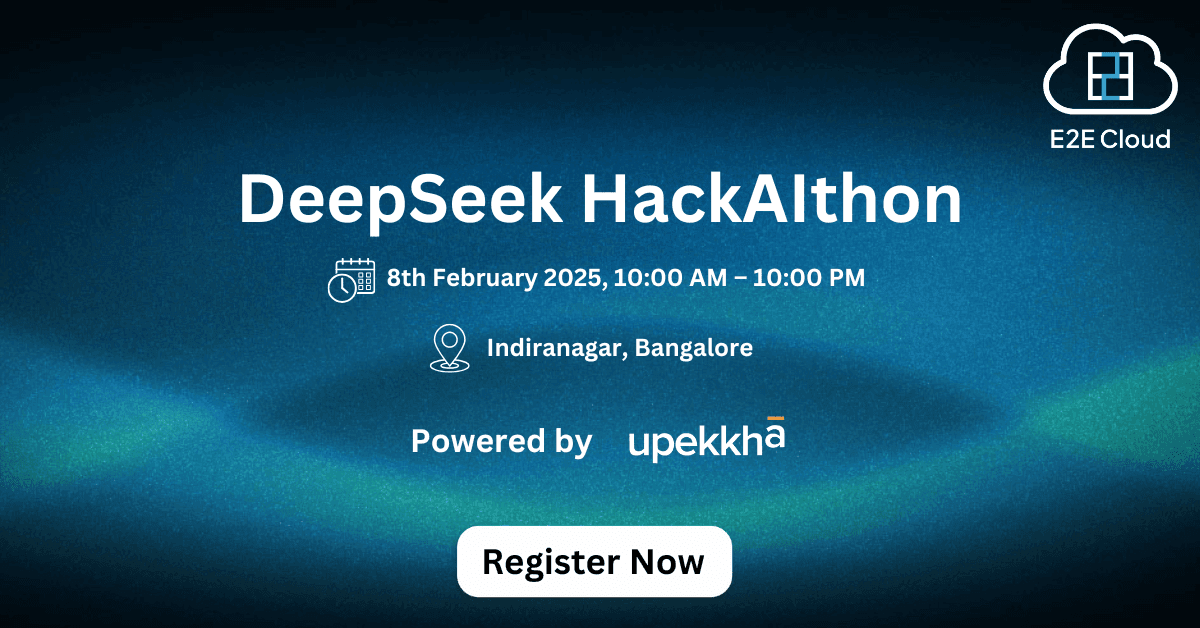Suppose you have planned to start a website. The next thing is to select a platform or server where it will get live. Several options are available, including dedicated servers, shared hosting or Virtual Private Server (VPS). Hence, selecting the platform or server where you want your website to live can be overwhelming. Choosing a server based on pricing alone is undoubtedly a recipe for failure and trouble. That’s because pricing is just a small part; there are several significant factors to consider while picking a server for your site. In this post, we will delve deep into selecting between a VPS and shared hosting.
What Factors to Consider While Selecting Between a VPS and Shared Hosting?
Several factors, such as performance, resources, pricing, etc., are considered while selecting the server. Picking up the wrong option or not knowing the full potential can end up like having a half-baked cake (website). Some of the primary key factors you need to consider include:
- Performance
Regardless of the industry or kind of website, performance always matters. If your site is slow and not performing well, it will hamper customer experience. Hence, it is still better to choose a server that can withstand high influx and ensure optimal performance.
A VPS offers higher performance than shared hosting. That’s because you don’t have to share as many resources with other users as you would have to in the latter option. However, if you consider a dedicated server hosting, it will offer more performance benefits than a VPS. You can think of a server as a pizza. In shared hosting, you have to share each pizza with other users. But in VPS and dedicated hosting, you are the sole owner of the pizza, be it of small size or large. Hence, in the performance criteria, a VPS wins over shared hosting but loses to dedicated hosting.
- Scalability
Your needs and requirements will change as your business grows. You can consider shared hosting for a short-term plan. But if you want to manage a massive influx of visitors to your website efficiently, a VPS should be your go-to option.
Virtual systems are easily scalable and provide a lot of flexibility. You are free to add resources such as CPU cores, memory, disk space, and more in a VPS. But when it comes to both shared and dedicated servers, you will not be able to scale as seamlessly. That’s because you will be sharing resources on shared hosting. Hence, you will be restricted to use only the resources allocated and cannot extend beyond that. When it comes to dedicated servers, you will be able to scale but not as efficiently as a VPS because of the limited Bare metal configurations.
- Security
Cyberthreats are on the rise, and you need to take security measures to protect your servers. A single breach can cost you a fortune, and more importantly, reduce your credibility and impact your brand’s reputation. Hence, it is essential to consider security before picking between a VPS and hosting.
Shared hosting means more sites on a server, and hence, more possibilities of vulnerabilities. When a single site on a machine is compromised, all the other sites will also be impacted. Therefore, a VPS wins here. But when the comparison is between a VPS and dedicated hosting, the latter undoubtedly has the edge.
- Pricing
With hands down, shared hosting offers services at the lowest price. So if you don’t require many resources and want to go economical, shared hosting is the right pick. VPS is costly, but the flexibility and resources you get with it justify the cost. So if you don’t want to go by just economic terms, you can also opt for a VPS.
Due to the flexibility, a VPS also comes with a wide range of pricing. You can take the server based on your needs, and the pricing changes accordingly. Dedicated servers, on the other hand, are even costlier than VPS. That’s because you are the sole owner of the entire server. Hence, you will have to pay the entire cost of managing and scaling the server yourself, making it costlier.
- Administration and Control
Shared hosting does not offer root access to your website; it is with the hosting providers. VPS provides more control to your website. If you are looking to add custom features and scale your website significantly, VPS is the right choice. But with control, VPS also brings in the hectic administration.
While using shared hosting, the host providers will take care of most technicalities. They will maintain the website, upgrade components, and keep the site running. Hence, choose a VPS only if you have the resource and expertise to handle the technical part.
Best VPS and Hosting Provider
While there are several reasons to choose a dedicated server hosting, a VPS is also a right fit in numerous situations. Analysing your requirements will lead you to the right choice between a VPS and Shared hosting. Regardless of what you are looking for, the E2E cloud can cater to all your needs. We offer various cloud computing services at a reasonable price. All you need to do is connect with our team and share your requirements. Even if you are unsure about which server to choose, our experts will help you pick the right option that suits your needs.
Connect today and leverage our cost-efficient expertise to get your website running in no time.

